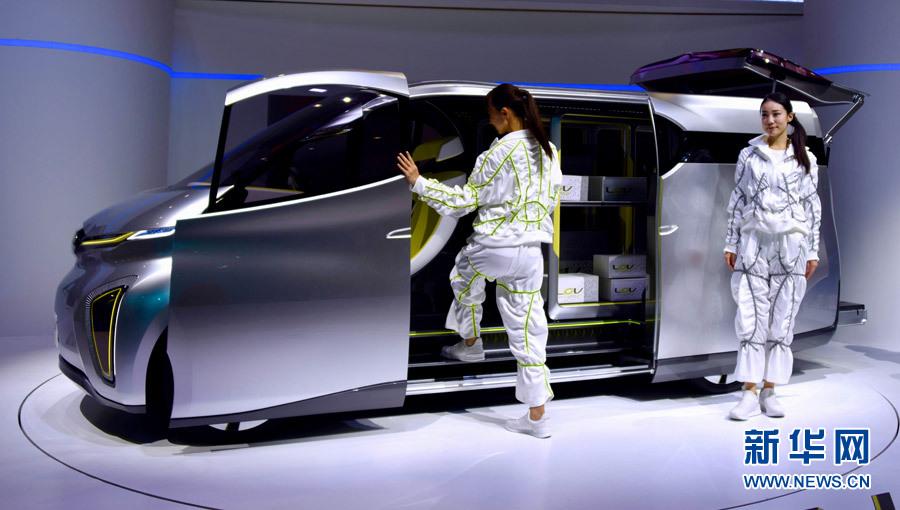(Xinhua)16:38, July 31, 2019
BEIJING, July 31 — The eyes of Shi Baodong lit up when asked about his experience at a massive military parade at Tiananmen Square four years ago.
Standing at the rostrum, the veteran, then 89, raised his arm to salute the formation of the armed forces parading directly before him. The image became an instant hit across China.
Shi joined the Chinese Peoples Liberation Army (PLA) as a young man, and has seen the millet-and-rifle infantry grow into modern armed forces. The army will celebrate the 92nd anniversary of its founding which falls on Thursday.
Our motherland has grown strong and so has the PLA, Shi said. President Xi Jinping is taking the peoples army onto a new journey. I salute him for that.
Over the past few years, Xi, also general secretary of the Communist Party of China (CPC) Central Committee and chairman of the Central Military Commission (CMC), has reshaped the PLA and is leading it to become a world-class military force.
WORLD-CLASS FORCES
In December 2012, barely a month after he assumed the top post in the Party, Xi spoke of the need to build a strong military.
To realize the great rejuvenation of the Chinese nation, we must adhere to combining the building of a prosperous country with that of a strong military, Xi said.
In 2016, the goal of building world-class armed forces was set.
That goal, along with building a strong military, has been the overarching strategy of the CPCs military development, reflecting the new circumstances it faces, said Cao Yanzhong, a researcher with the Academy of Military Sciences of the PLA.
A road map to fully transform the PLA into a world-class military force by the mid-21st century was unveiled at the 19th CPC National Congress in 2017.
In December 2018, Xi described it as a strategic task in socialist modernization to build a fortified national defense and a strong military commensurate with Chinas international standing and its security and development interests.
The envisioned world-class armed forces must provide a strong backing to the protection of Chinas sovereignty, security and development interests, the safeguard of world peace and stability, and the realization of the national rejuvenation, according to Xi.
Xis thinking on strengthening the military answers the fundamental questions of what kind of armed forces we are pursuing and how we should go about building them, said Cao.
PEOPLES ARMY TRANSFORMED
With an active force of around 2 million, the PLA has come a long way since its birth — the armed uprising by 20,000 soldiers in the city of Nanchang on Aug. 1, 1927.
The past five years witnessed one of the major transformations in PLA history.
In October 2014, Xi convened a conference on the PLAs political work in Gutian Township, Fujian Province, the same place where Mao Zedong presided over a conference in 1929 to stress the Partys absolute leadership over the military.
Xi talked in length about the 10 most pressing problems in the military, especially among the officers, showing his great resolve to rectify these problems, recalled Zhu Jiang, a military officer who attended the meeting.
The political integrity overhaul that began with the Gutian conference has brought real changes, from which we benefit, Zhu said.
Meanwhile, major structural changes took place in the armed forces after late November 2015, when Xi convened a key meeting in Beijing to unleash a sweeping military reform, which Cao, the military academy researcher, described as a milestone.
A new leadership and command system was set up. The CMCs functional organs were streamlined and reorganized. The leadership and management system for services and arms were improved. Five theater commands were established.
The peoples armed forces are transforming from personnel-intensive to science- and technology-intensive. Services have been re-balanced, with navy and rocket forces expanded, non-combat personnel slashed and the combat forces growing.
Military observers say PLA combat capabilities have been greatly enhanced after the reform.
Historic strides have been made in strengthening the armed forces, according to a white paper on Chinas national defense released in July.
PEACE-LOVING MILITARY
As the reshaping within the military goes on, the defensive nature of Chinas national defense policy remains unchanged.
China will never seek hegemony, expansion or spheres of influence, which is the distinctive feature of the countrys national defense in the new era, the white paper said.
It also noted that the global significance of Chinas national defense is in the service of building a community with a shared future for humanity.
The PLA has always been a staunch force for world peace, fulfilling its responsibilities and obligations as the military of a major country, said Xiong Yuxiang, a senior researcher with the Academy of Military Sciences of the PLA.
The white paper said Chinas armed forces have actively provided public security goods to the international community, including UN peacekeeping operations, vessel protection operations, and many others.
The growth of the Chinese military will make a huge contribution to world peace and stability, Xiong said. This has been proved by facts.
![]()




